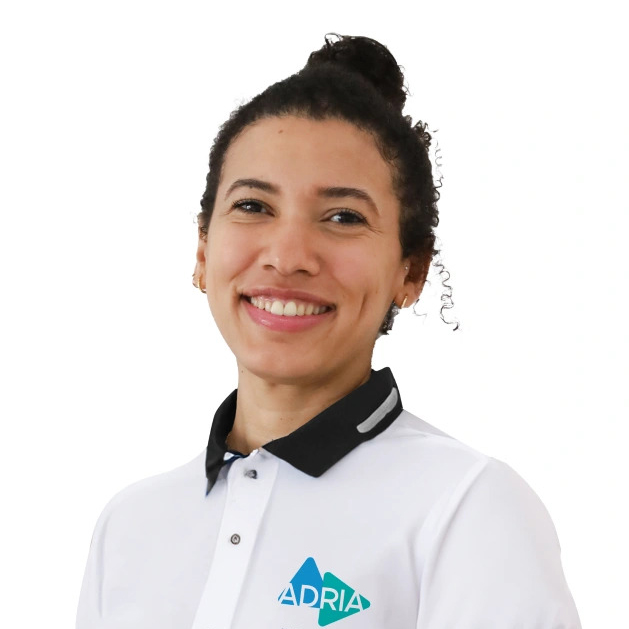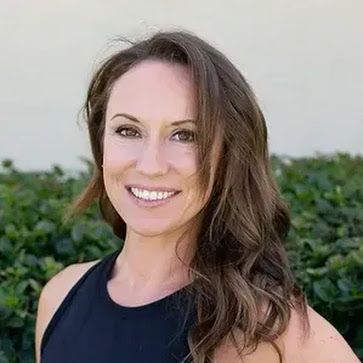Praise For: Tongue-Tie and Palate Evaluation Procedures
Hear directly from our students about the benefits of our program.
-

Marie-Pier Sauriol, DC
“I’ve really enjoyed all of the cranial portions of this course; it was an unexpected but pleasant surprise.
I have a better understanding of different cranial adjustments and how important that cranial motion is, particularly in the developing child.
I have been checking the sphenoid in all my babies, as well as some children and adults. I need to review some of the internal/oral adjustments to make sure I understand them correctly before I start messing around with them.
I wished I would have learned more about actual tongue-ties – I feel like we didn’t really get into it at all, and that the course was really focused on palate and cranial work (which is also great, but it’s not what I expected which led to some disappointment). Thank you for your hard work with this course.”
-

Jena Barnawi, DC
The content is clear and very well presented. It was easy to follow. – The content and lectures were rich with information and very informative. – I enjoyed the accessibility to the instructors and how interactive the course is via the FB group.
Professionally: I treat a lot of TMJ cases and this has been an amazing add on for assessing patients and treatments. Personally: I haven’t taken a course in this length for a long time so it brought back a spark in wanting to learn and discover new tools.
One of the reasons I took this course is because of my niece. It was very evident when she was born she had a tie-tongue which started to cause asymmetry in her skull development. So throughout the duration of the course I have been working on her and been seeing positive results thus far.
Yes, I would definitely recommend this course.
Thank you for sharing your wealth of knowledge with us/ with me. I truly appreciate it.
-

Elizabeth Farrell Wray, DC
“This program improved my confidence with treating little ones. Understanding even more of the biomechanics and small nuances through palpation helps build more confidence with what adjustment is needed. Thank you!
I had trouble with one patient that was showing BL sphenoid in flexion. She was able to unlock with SB contact on the right but not the left. We assessed the sphenoid motion again through pterygoid process contact on the left side.
I appreciate you taking the time to create the course for a deeper understanding.”
-

Amber Salomoun, DC
My three takeaways:
1. Lots of great tools to add to the mind and someone’s practice. 2. Information starting from the basics which is very helpful. 3. The call to actions are very helpful in addition to the videos.This course has helped not only educate me but also gain confidence as a chiropractor when it comes to palate work. It has given me more confidence as a chiropractor. It has helped me to be able to educate my patients and give them lots of information that they need about themselves or their child.
I would absolutely recommend this course! It helps with easy learning starting from the basics and having different ways to gain knowledge for different types of learners and that is very helpful.
Thank you for all of your knowledge and taking so much of your time to be able to share that with others. It is important that more providers in our field can be educated on this and I am grateful that I was able to take this course.
-

Lisa Geiger, DC
“Having taken this program, my three takeaways are: Better understanding of appropriate adjustments for appropriate situations. Better verbiage to communicate about TOTs. Better understanding of a parent’s point of view.
I have better service to patients and parents, watching kids heal more thoroughly and easily is very helpful! One in particular surprised even her dubious mom with her progress.
Thank you to both of you for creating it. I think it would be even better with discussion of what happens with misdiagnosis when torticollis is not addressed before a posterior tongue tie. More common in our state apparently.”
The SOT® Pediatric Certificate Program
Demonstrate your commitment to your profession and patients, enhance your skills, and place yourself on the road to mastery in the art of chiropractic adjustment.

